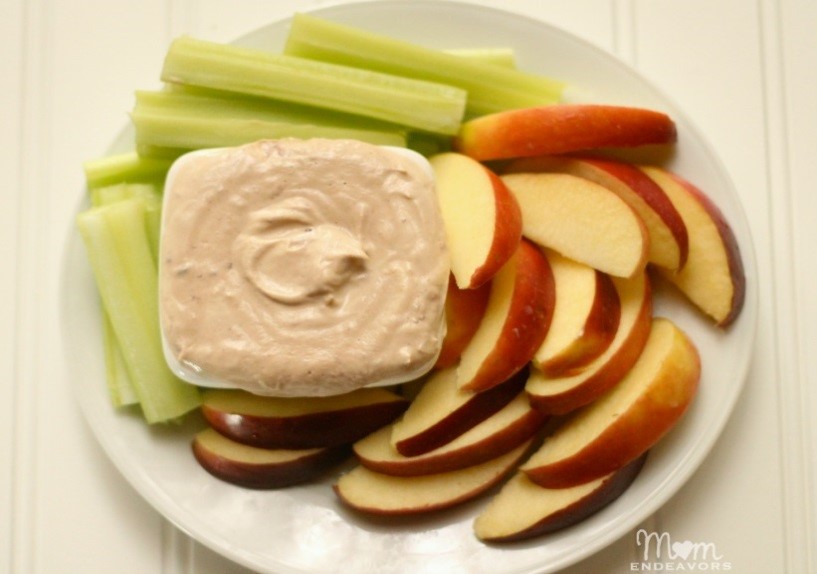
1. Schedule smaller, strategic trips
Buying all your groceries in one fell swoop seems efficient, but it’ll cost you. “People have good intentions, but don’t use everything they buy,” says Amanda Li, registered dietitian and founder of nutrition coaching practice Wellness Simplified. Small, frequent trips to the store forces you to use what you have, and only make trips when you need to replenish supplies. Many people buy duplicate ingredients, which is why Li recommends making a grocery list ahead of time. She estimates making several trips to the grocery store-and taking stock of what you already have can save you $20.00 per week.
2. Eat seasonally
It’s not your imagination: The price of fresh fruits and vegetables fluctuates throughout the year. Nutrition coach and author Maria Marlowe says produce is more expensive when it’s out of season, and estimates eating seasonally can shave 30 percent off your total. So what’s in season? Take a hint from Mother Nature. Juicy fruits that cool you down-think berries and melons-are popular in the summer, while winter brings an abundance of beets and sweet potatoes. If you’re craving a strawberry smoothie in the middle of winter, Marlow says frozen produce is about 25 percent cheaper and usually more nutritious than the fresh variety, as it was frozen at peak ripeness.
3. Buy in bulk
The next time you need nuts or grains, head to the bulk food aisle. Marlowe estimates you can save up to 50 percent on your nonperishables-and keeps your food waste to a minimum. Though buying bulk is usually cost-effective, Marlowe recommends checking the unit price for good measure. “You can find it right by the label on the shelf,” she says, “It tells you the cost per pound or ounce, so you can find the best price.” “About 70 percent of the seafood in the store is frozen. Stores often defrost fish and lay it out over ice, so you’re paying more money for fish that will go bad faster.” Maria Marlowe
